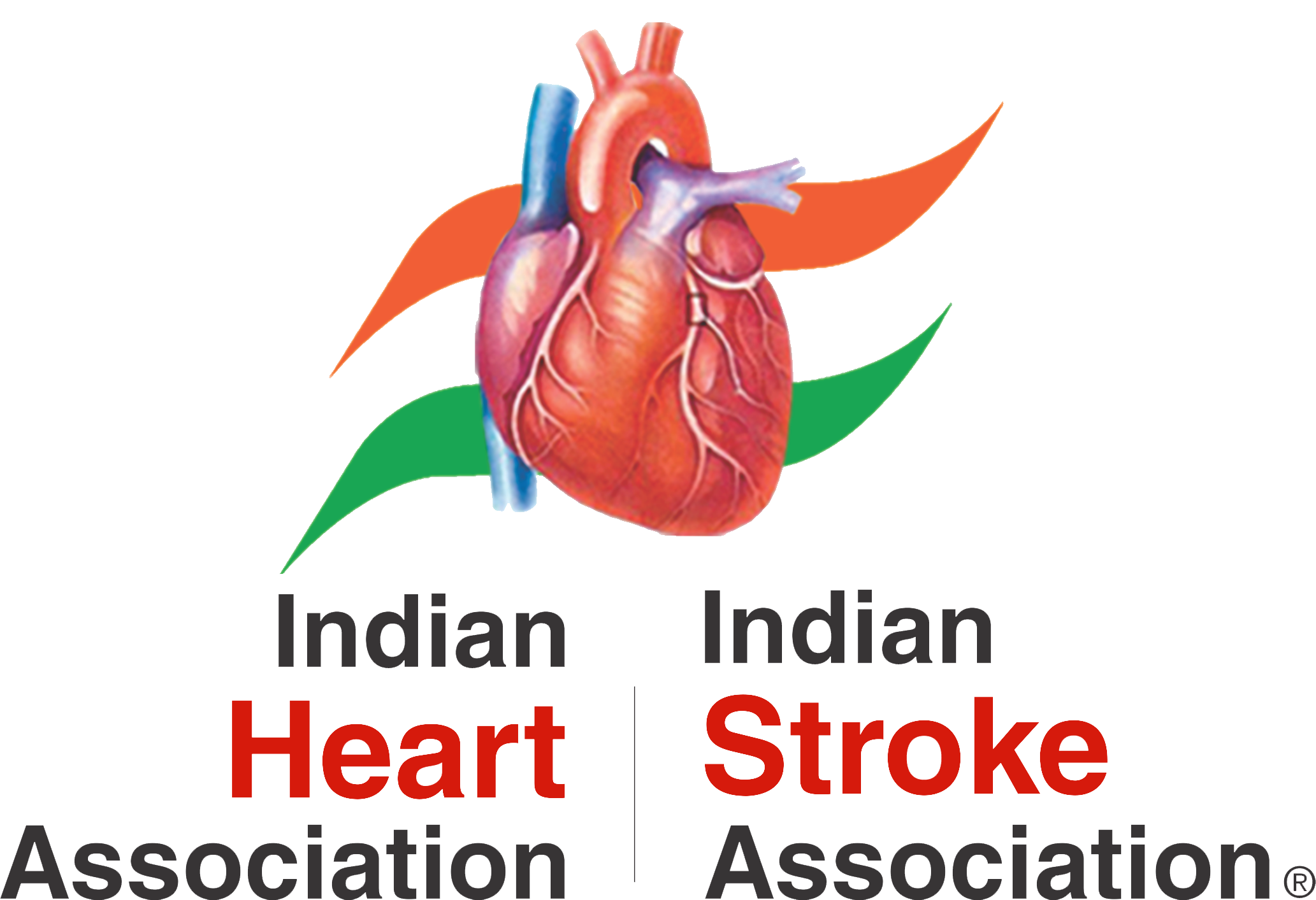Diabetes (high blood sugar) is one of the strongest contributors to cardiac disease and stroke!
Indians and South Asians in general are at very high genetic risk for diabetes (DM), insulin resistance, and metabolic syndrome. The likelihood of developing type 2 diabetes is reported to be as much as 6 times higher in South Asians than in their Caucasian counterparts!
What is Diabetes?
Type 2 Diabetes (DM) is a chronic health condition and is related to high levels of glucose in the blood. Symptoms of type 2 DM include tiredness, weight gain, excess appetite or thirst, vision changes, or increased need to urinate.
If untreated, type 2 DM can cause heart attacks, stroke, blindness, and lead to limb loss. Thankfully, early detection and aggressive intervention can markedly improve survival and reduce the risk for disability.
What is the reason for the increased risk among South Asians?
While research is still underway, the risk for DM is thought to be related to a combination of genetic and lifestyle related changes. The genetic contributors appear to be related to a prior history of “feast” and “famine” cycles in South Asian countries. It makes genetic sense that in times of plenty, more fat is stored so that in times of famine, starvation can be stopped. However, this feast-famine cycle is no longer applicable to many South Asians who face an increasingly sedentary lifestyle with an excess of food choices.
Other genetic contributors among South Asians include a predisposition to abdominal or central obesity, as well as skeletal muscle which do not as effectively burn fat in this population.
A combination of a diet rich in processed carbohydrates and white rice with increasing fast foods are leading to a perfect storm when combined with genetic risks.
Assessing Risk
South Asians have a different criteria for obesity compared to whites or other ethnic groups. A body mass index (BMI) of 23 or higher is considered overweight among South Asians versus 25 or greater for other ethnic groups. In addition, an abdominal circumference of 32 inches or greater for South Asian women and 36 inches or greater for South Asian men is considered obese (among other ethnic groups, obesity is defined as greater than 36 inches for women and 40 inches for men!).
Upcoming
Stay tuned on this page for upcoming information on this important epidemic facing South Asians, our powerpoint guide, as well as helpful resources and calculators.
Further Reading
http://www.diabetes.co.uk/diabetes-tools/
http://www.diabetes.co.uk/south-asian/
http://www.med.nyu.edu/asian-health/research/dream/diabetes-and-south-asian-communities
